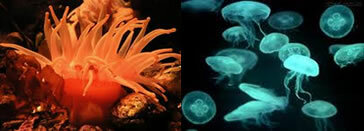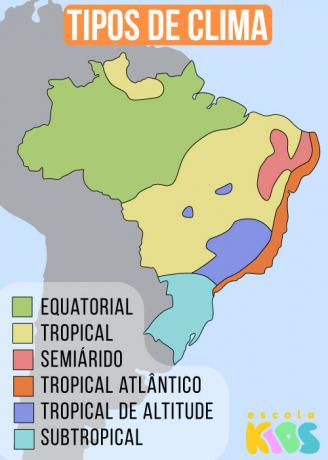Have you ever wondered where the food we eat comes from? Some foods have packaging with labels that give us tips on where and how the food was produced.

The label contains all information about the food.
Many years ago our ancestors lived in places where the food supply was great. When these foods ran out or declined, they moved to places where the food supply was better. Our ancestors fed on what they found in nature. They ate fruits such as mangoes and avocados; seeds such as peanuts and rice; roots such as cassava; stems, such as potatoes; and leaves such as lettuce and kale. The people of that time also hunted and fished.

Our ancestors had to hunt and fish to get food
As time passed, our ancestors saw that where a seed or a fruit fell, a small plant was born. From there, they observed that they could plant the seeds and some time later reap the fruits. So they stopped moving from one place to another and started to live only where they could grow crops. They also learned to raise animals that were part of their diet.

When man learned to plant and raise animals, he started to live in one place
Nowadays, everything has changed. Many people who live in big cities do not know where the food purchased at fairs or supermarkets was produced, whether these foods came from far away, among many other things.
The vegetables, vegetables and fruits that are bought at fairs and supermarkets are mostly grown far from our homes. In order to cultivate these foods, it is necessary to prepare the land, plant the seeds, fertilize and water the plants in order to, in the end, reap the results.
Eggs, chickens, pigs, milk and other food products are also produced far from cities and many people are involved in this work.
For foods that were produced far from big cities, it is necessary to transport these products. The form of transport used will depend on the region of the country, but generally transport is done in trucks.
Paula Louredo
Graduated in Biology



